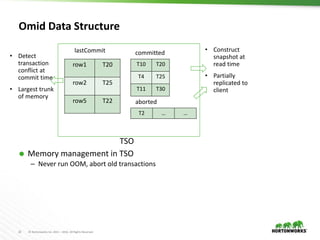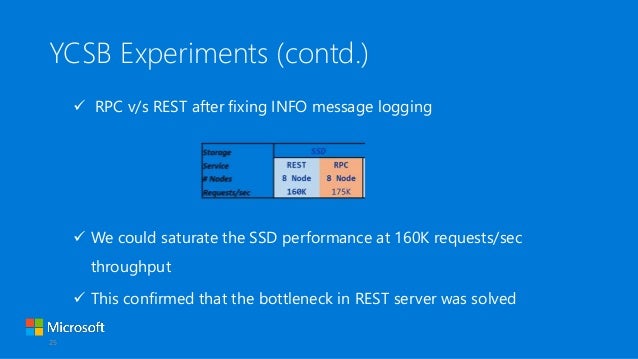

However, when imaging datasets become massive, the bottleneck associated with copying and ensuring consistency overwhelms the benefits of increasing the number of computational nodes. This is the workflow traditionally adopted in processing medical imaging datasets. To analyze data, each dataset must be copied from a storage archive, submitted to an execution node, processed, synthesized to a result, and results returned to a storage archive. Traditional grid computing approaches separate data storage from computation. Moreover, file access latency is lower than network attached storage. Experimental results for an illustrative sample of imaging data reveals that our new HBase policy results in a three-fold time improvement in conversion of classic DICOM to NiFTI file formats when compared with the default HBase region split policy, and nearly a six-fold improvement over a commonly available network file system (NFS) approach even for relatively small file sets. Moreover, our approach is amenable to the traditional scan, subject, and project-level analysis procedures, and is compatible with standard command line/scriptable image processing software. The proposed enhancements accelerate data processing by minimizing network usage and localizing processing to machines where the data already exist.

Second, we propose a novel data allocation policy within HBase to strongly enforce collocation of hierarchically related imaging data. First, we propose a row-key design for HBase, which is a necessary step that is driven by the hierarchical organization of imaging data. This paper makes two contributions to address these concerns by describing key cloud engineering principles and technology enhancements we made to the Apache Hadoop ecosystem for medical imaging applications. Despite this promise, HBase’s load distribution strategy of region split and merge is detrimental to the hierarchical organization of imaging data (e.g., project, subject, session, scan, slice). To that end, a cloud-based “medical image processing-as-a-service” offers promise in utilizing the ecosystem of Apache Hadoop, which is a flexible framework providing distributed, scalable, fault tolerant storage and parallel computational modules, and HBase, which is a NoSQL database built atop Hadoop’s distributed file system. The resulting performance from these approaches is, however, impeded by standard network switches since they can saturate network bandwidth during transfer from storage to processing nodes for even moderate-sized studies. Traditional in-house, laboratory-based medical imaging studies use hierarchical data structures (e.g., NFS file stores) or databases (e.g., COINS, XNAT) for storage and retrieval.


 0 kommentar(er)
0 kommentar(er)
